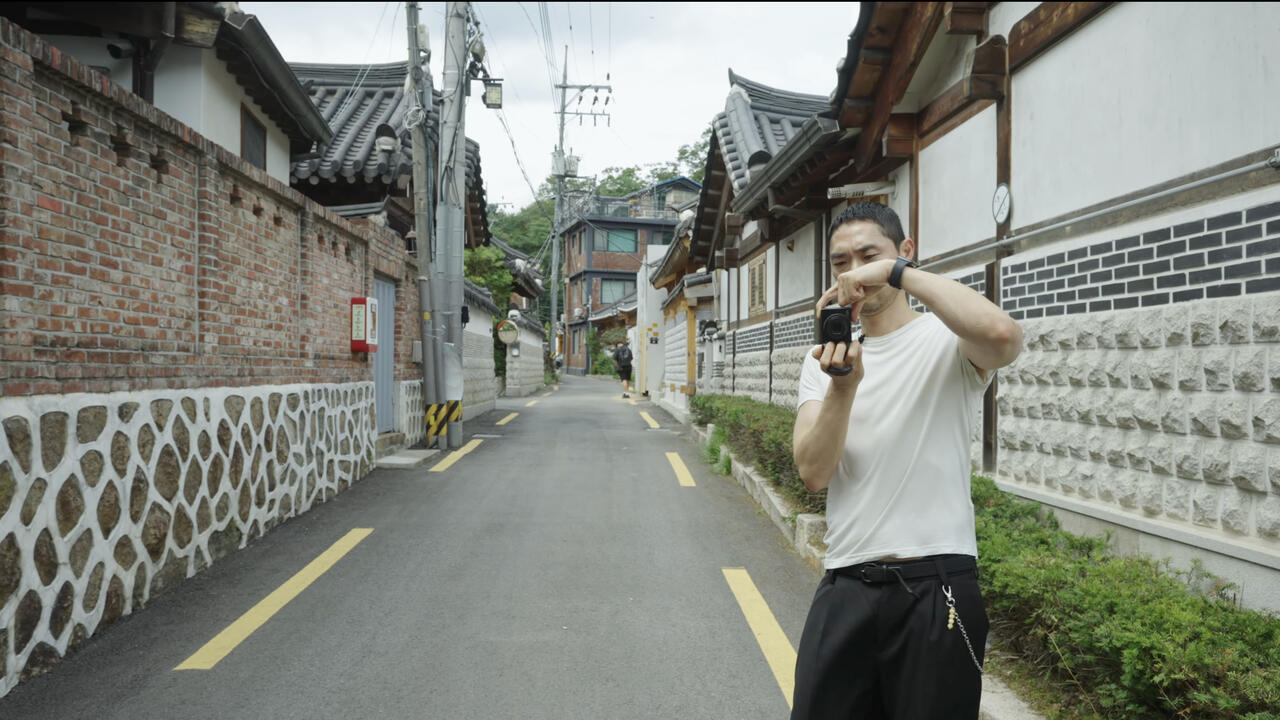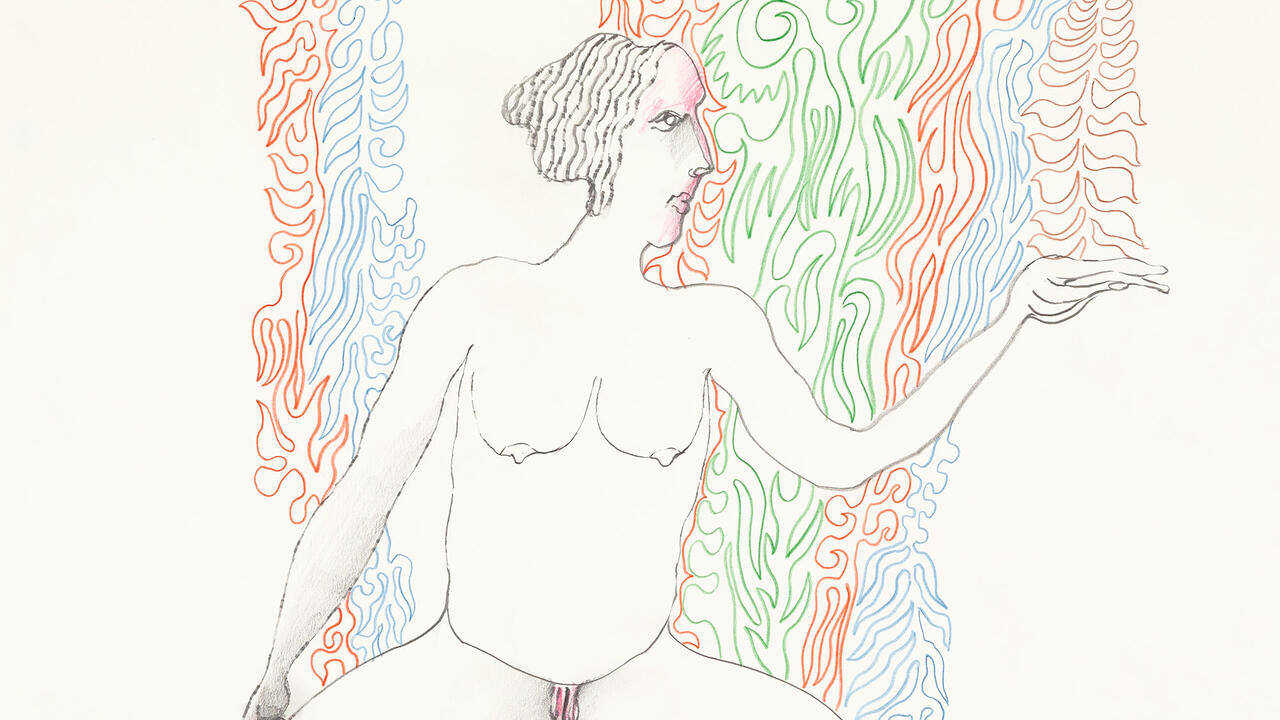Laughter and Forgetting
The difficult questions raised by Roberto Benigni's Life is Beautiful, a comedy set in the Holocaust
The difficult questions raised by Roberto Benigni's Life is Beautiful, a comedy set in the Holocaust
Perhaps unsurprisingly, films dealing with the Holocaust tend to attract a degree of pre-judgement, often polarising debate before the movie has been released. The critical eye focuses differently, and questions of ethics become as prominent as those of aesthetics. The film becomes a historical artefact itself, and its critical and public reaction may be used to index the condition of public memory and contemporary history.
La Vita È Bella (Life is Beautiful, 1998) is a charming, whimsical comedy set in Italy during the Second World War. Roberto Benigni, who wrote and directed the film, plays the hero Guido, a waiter turned bookshop owner. The film is divided into two distinct parts. The first establishes Guido's life in the Tuscan town of Arezzo, where he turns up to make his fortune and fall in love. The setting has an artful air of fairy-tale fantasy, an idealised image of an uncomplicated rural past. Guido marries the beautiful Dora; they have a child, Giosué. But the Racial Laws come into effect and a shadow begins to fall over Guido's blissfully happy life. On the morning of Giosué's fifth birthday, he and his father are deported as Jews. The non-Jewish Dora elects to be deported with them.
At this point one might expect the register to change from the romantic style of cinema's era of innocence to a realistic portrayal of the horrors of the Nazi death camps. But from the moment Guido and his family are taken away, there are indications that this is not to be the usual imaging of Auschwitz. In the Arezzo train station, Guido and Giosué are politely helped up onto the train. When they arrive at the nameless death camp, sited in the mountains (as no camps were in reality), there is very little shouting, no dogs, no sense of panic. After what must have been a train journey of several days, Dora's make-up is still intact. Benigni makes no attempt to depict the 'reality' of the camps: his actors are not emaciated and shaven-headed, and we see none of the terrible horrors apart from a smoking chimney and a nightmarish, Munch-inspired mound of dead bodies, stumbled upon as if in a dream - a brilliant and haunting touch. Central to the story is the placing of five year-old Giosué in the same barracks as his father. This enables Guido to do all that is necessary to save not only his son's life but his innocence too (including pretending that they are in the camp as part of an elaborate competition to win a tank, a device central to much of the tear-jerking humour of the latter part of the film). This is a significant detail that flies in the face of all we know of the way the Nazis ran the death camps, where children who were not sent off to be killed on arrival were immediately separated from their parents.
Does any of this matter? Perhaps not. Benigni certainly doesn't think so. He deftly demonstrates his understanding of the potential pitfalls facing the film-maker confronted by the conundrum of how to show the unimaginable horrors of the death camps. The most exact and authentic representation will not bring the viewer any closer to understanding the realities of the Holocaust (something we know all too well from the television journalism that brings the horrors of famine and war into our living rooms every night without noticeably transforming us into more sensitive and understanding people). His audacious strategy to overcome this question of realism is to locate his death camp in the same sphere of cinematic fantasy as the first part of the film in Arezzo, abandoning all realism in service of his story. He takes the Holocaust simply as a trope, as a symbol of extreme suffering and horror, and using that as his weft, weaves upon it the warp of his own entirely fabulous story.
While this strategy does not enhance our understanding of the Holocaust, it does remind us that this part of the film has no more bearing on reality than the first part did; that this is not a documentary, or even a historically accurate artefact, but a work of the imagination. Of course, no one expects a romantic comedy to tell a truthful, brutal, complex tale; why, Benigni seems to be asking, should a film about the Holocaust be expected to do that either?
Benigni's vision is of the absolute soaring potential of the human spirit in the face of the most terrible and unimaginable indignities. Yet we know, from primary sources, that life in the camps was dehumanising, degrading, desperate. With this in mind, one questions the usefulness of comedy as a tool for investigating life in the camps, since life-affirming comedy, as La Vita È Bella undoubtedly is, insists on human dignity. There are some brilliant comic moments, certainly, such as the dazzling scene in which Guido acts as interpreter to a guard who has come to tell the new arrivals the rules of the camp. As the commander spits out his regulations and instructions, Guido renders his vicious threats and sadistic brutality into the rules of the tank-winning contest that he has invented for Giosué: 'Points are lost in three ways. One, if you cry. Two, if you want to see your mama. Three, if you're hungry and want a snack'. As the commander storms off with a final malevolent threat - which Guido translates for the assembled Italians as 'I have to go now. I'm in the middle of a game of hide and seek and I don't want to get caught' - Benigni illustrates perfectly, in direct homage to Chaplin's The Great Dictator, how brilliantly comic strategy can be employed to ridicule and denigrate the vicious absurdity of the Nazis' violent cruelty. As effective as such moments of satire are, for the most part the comedy of the film is gentle, charming, father-son humour, which simply seems at odds with any kind of historical understanding of the context.
The distinction between history and fable is similar to the difference between representational realism and emotional truth. Benigni believes that in eschewing the former he can access the latter, as apparently do many of those who have seen and lauded the film. Is this because people simply want to believe that the human spirit can overcome all adversity? Have we, during the last decade, become so saturated with images of the Holocaust that we are now in the throes of some kind of backlash that makes us prepared to credit a whimsical fantasy with purveying a profound truth, so long as it is a cheerful kind of truth? In the end, the real question we should be asking is not whether or not comedy can be brought into the death camps, but what it tells us about ourselves as a society when a feelgood movie set in a Nazi death camp achieves popular and critical international acclaim.

















